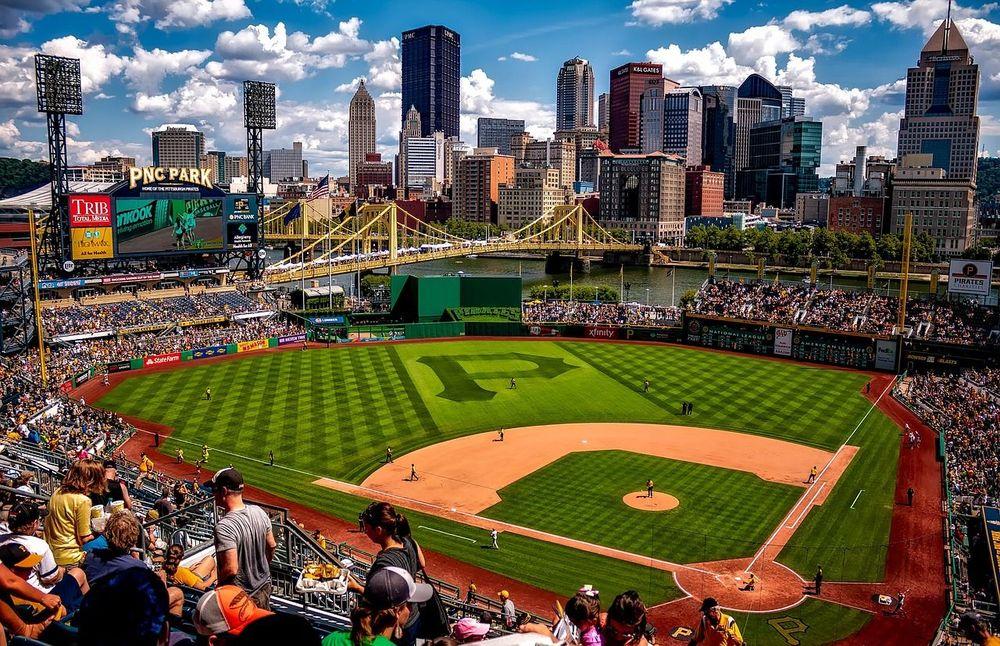
One year later: which 2018 sellers fared the best?
We took a look at the trades made last summer (some of which were made before July 31, others during the previous waiver period) to see how they stack up today. We compared the current values of the players they sold to the values of the players (most of whom are still prospects) they received. How does that Manny Machado package look now? What about the Chris Archer return?
Importantly, since many of the veterans traded were rentals at the time, the current value of that player to the selling team now is zero, since their time of control has run out and most were not in a position to re-sign them.
Of course, we would be remiss if we didn’t mention that player’s usefulness to the buying team in the second half (and playoffs) of last season. After all, the Dodgers went to the World Series last year with Machado, the Red Sox won the World Series thanks in part to Nathan Eovaldi, and the A’s may not have made the playoffs without Mike Fiers or Jeurys Familia.
But if your team is a seller, it appears that it almost always turns out well in the longer term, because the value of prospects tends to appreciate over time. It’s just a question of how much. Every team except one is showing a profit one year later.
So who came out the best? Let’s take a look (all values are in $Ms).
Rays
Current value of players sold: 41.3
Current value of players received: 138.6
Net: 97.3
The Rays made a killing on the Archer trade, thanks to turnarounds from Tyler Glasnow and Austin Meadows, compared to the depreciation of Archer. But they also got a big boost from the Tommy Pham trade, which remains inexplicable to us.
Orioles
Current value of players sold: 1.2
Current value of players received: 43.0
Net: 41.8
The Machado trade is showing a net profit of 29.7, thanks mostly to Yusneil Diaz. Zack Britton netted them 3.4. Overall, they restocked their farm, mostly with quantity over quality.
Blue Jays
Current value of players sold: 7.7
Current value of players received: 35.0
Net: 27.3
The majority of the Jays’ net increase came from the Osuna trade, which included the resurgent Ken Giles (who is about to be flipped for more prospects, who in turn may appreciate more by next year).
Padres
Current value of players sold: 29.1
Current value of players received: 42
Net: 12.9
The trade of Brad Hand and Adam Cimber to Cleveland netted the Padres Francisco Mejia, whose value is still higher than the combination of the former pair, even though Cleveland has nothing to complain about.
Rangers
Current value of players sold: 0
Current value of players received: 8.2
Net: 8.2
It’s fair to say that Keone Kela has been a bust for the Pirates, and the two prospects the Rangers received for him have both appreciated a little. Sadly for Pirates fans, both the Archer and Kela trades were big net losses.
Royals
Current value of players sold: 0
Current value of players received: 3.9
Net: 3.9
The Royals received a lot of heat at the time for the package they received for Kelvin Herrera, but in retrospect it looks just fine.
Mets
Current value of players sold: 0
Current value of players received: 3.6
Net: 3.6
Selling Familia turned out to be a positive move for the Mets when measured against his rental status at the time. The fact that they re-signed Familia later is immaterial (and unfortunately for Mets fans, that transaction has not turned out so well).
Tigers
Current value of players sold: 0
Current value of players received: 0.8
Net: 0.8
The Mike Fiers trade at least netted them a little bit.
Twins
Current value of players sold: 10.3
Current value of players received: 7.4
Net: -2.9
The Ryan Pressly trade is the rare veteran-for-prospects swap that backfired for the seller, at least in value terms, and the Fernando Rodney trade didn’t help offset it much.

